In October 2025, I was contacted by Windquester, a newcomer to the Canadian ultralight gear scene, to see if I was interested in testing their latest two-person tent, the Horizon Lite 2. As a gear junkie who’s cycled through about twenty tents over the last 3 years, I couldn’t say no.
These days, my primary activity is canoe camping, and now that I’m getting older, I’ve started prioritizing gear that makes single portages easier on my knees. On a recent 7-day trip to Killarney, for example, my 75L pack came in at just 30lbs including food.
The tent is often the heaviest item in any pack, so testing the Horizon Lite 2 was a logical next step.
Over the years, I’ve relied mostly on models from brands like MSR, Nemo, and Sea to Summit which can cost up to $800 so I was interested to see how a relatively new tent which retailed for $267 would compare.

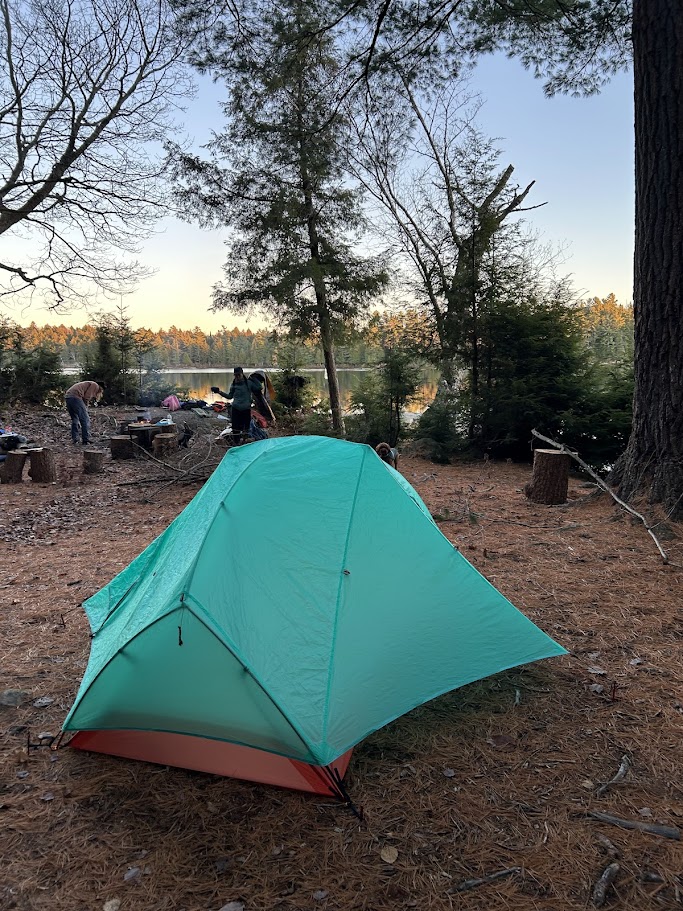
The Horizon Lite 2 immediately impressed with its tiny packed size – quite smaller than my MSR Hubba Hubba 2, which is already considered compact for backpacking. The materials felt delicate but purposeful: a 10D nylon fly, 15D nylon floor, and a mostly transparent mesh tent body to save weight. Short pole segments helped keep everything minimal and could potentially be mounted on the handlebars for bicycle touring.
It’s color scheme was a refreshing change to the muted palette found on many other tents.
This summer, I spend 20+ nights with my current favorite tent, the Big Agnes Copper Spur Limited 2.
The Horizon Lite 2 pitched a serious challenge on paper: lighter, smaller packed size, larger floor area and vestibule, and priced at roughly one-third the cost. Upon receiving the tent in late October, I took it on a three-day, two-night late season trip where temperatures dropped below freezing. Although I’d normally use a four season tent, I was keen to push this three season Horizon Lite 2 so I brought extra cold weather gear and still ended up with a smaller pack that I’d normally use at this time of year.
The tent’s pole architecture features an asymmetrical Y-pole configuration that allows it to be pitched with just two poles. One for the main structure and a shorter cross brow that widens the top area. While this design saves weight, I found some weakness in the longitudinal tension, which made the tent feel slightly loose along the length. It wasn’t enough to consider the tent non-free standing, but pegs are definitely required to help maintain its structure.
Assembly was straightforward thanks to color-coded poles, well placed clips, and buckles for the fly. Pre attached guy lines with tensioners were provided at the front and back along with additional attachment points for extra stability. The tent held up fine without them during calm weather.
Sleeping space is cozy: two standard 51cm pads fit, but the tent narrows to just 105cm at one end. I used a wider 64cm pad, which was perfect for myself and my dog but left no room for a second human. Ventilation was excellent due to mesh panels and a vented fly.
Rain and wind resistance remain untested since conditions were ideal on my trip but I don’t see that being a problem as long as the tent is properly set up with guy lines.

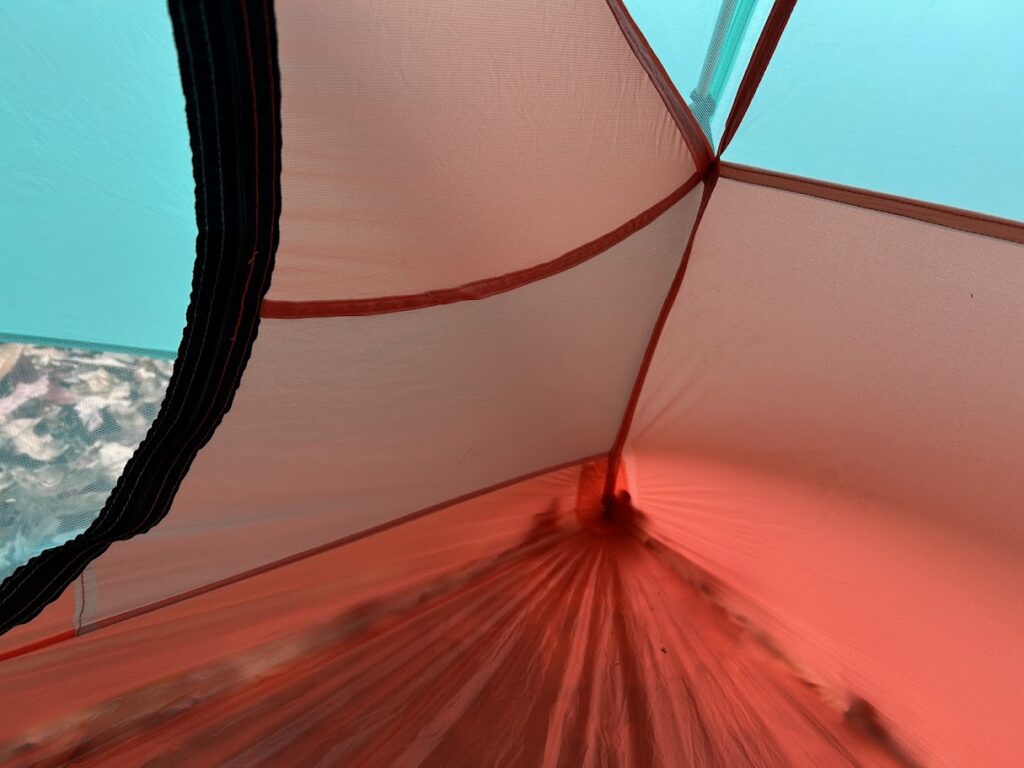
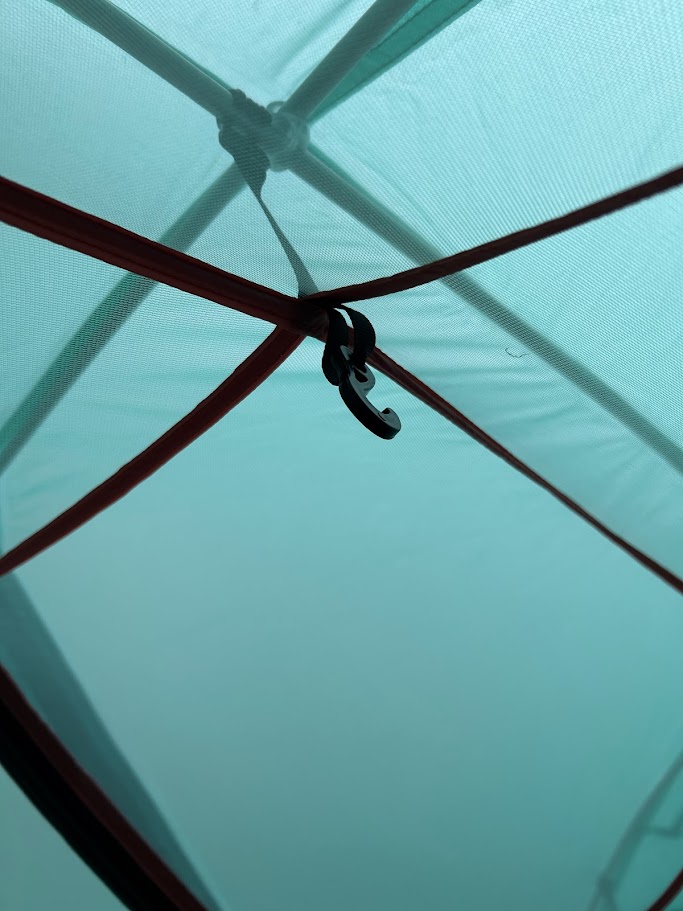
The classic outdoor gear trilemma applies: lightweight, affordable, or durable – pick two of the three.
The Horizon Lite 2 nails weight and price but longevity may be a potential concern. It’s 10D nylon fly is thinner than the 15D fabics used in my Copper Spur and Sea to Summit Alto. And unlike those tents, the Horizon 2 uses only a single coat of silicone on the fly and floor for weight savings.
This single coating would technically reduce tear strength and would suffer from lower waterproofing over time. Combined with the lower denier fabric, I don’t think it’s unreasonable to assume that this tent would not last as long as a tent with thicker double coated material.
Windquester plans to release a footprint soon, which would help mitigate floor wear. With proper care (storing dry and away from UV), the lifespan could still be reasonable.
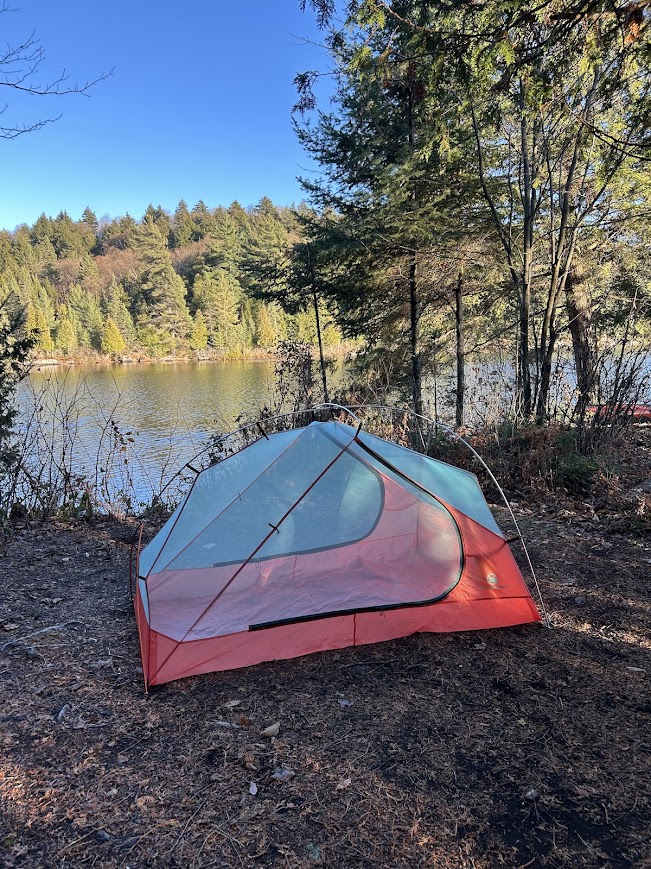
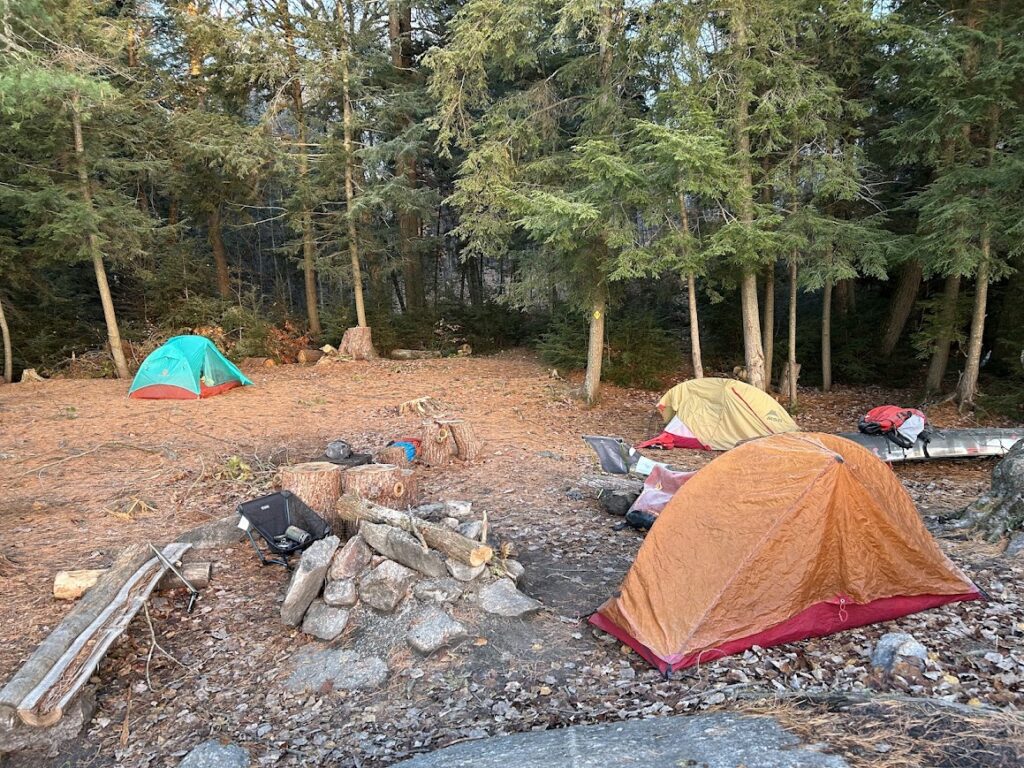

After two nights in ideal conditions, the Horizon Lite 2 felt comparable to my other lightweight tents in build quality, ease of setup, and livability – at a fraction of the price. It’s small packed size and weight position it well for backpackers seeking lightweight budget options.
Long term durability remains an open question but given that my Copper Spur looks nearly new after 20 nights, the Horizon Lite 2 may hold up well enough for many seasons with decent care. Perhaps not the best choice for thru-hikes or harsh weather but for anyone wanting to trim pack weight affordably without sacrificing essentials, the Horizon Lite 2 is a solid, well-designed tent worth considering.
Personally, I plan on using the Horizon Lite 2 for my canoe trips next year. The space and weight savings are noticeable and allow me to bring other luxuries such as a camping chair or a thicker air mattress.